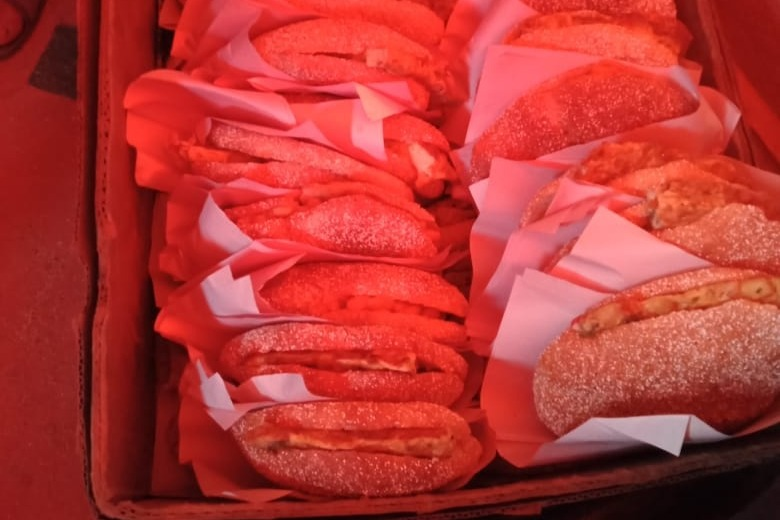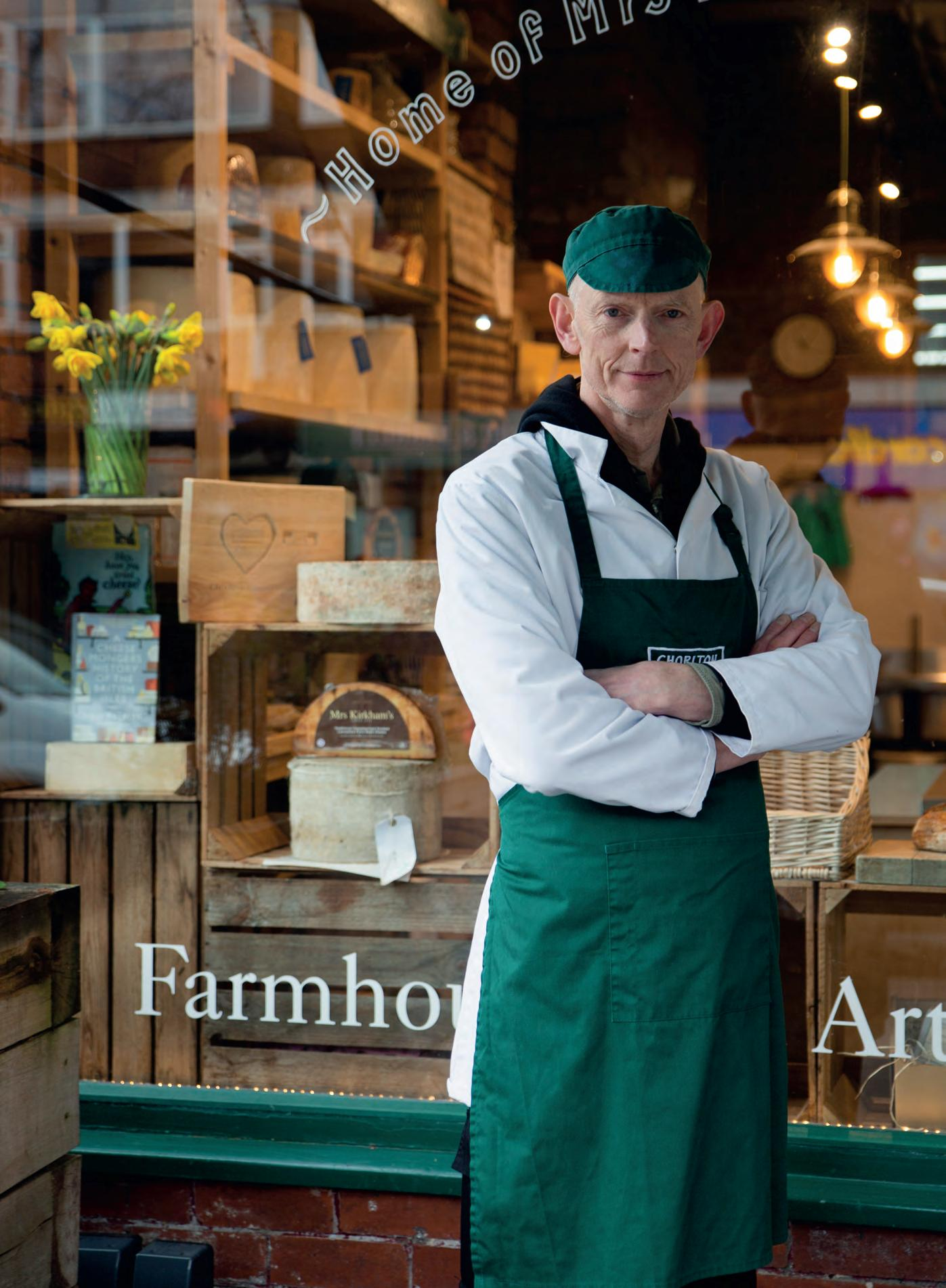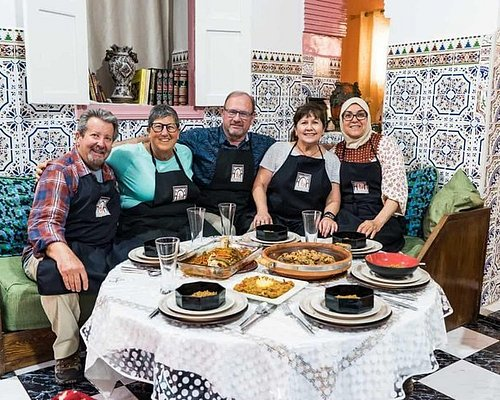- Published on
The Heart of Moroccan Communities Traditional Bread Ovens (Four Beldi) Community Rituals
- Authors

- Name
- Adil ABBADI
Introduction
In the heart of Moroccan villages and cities, you'll often find a communal gathering place that's warm, inviting, and filled with the aroma of freshly baked bread. This is the Four Beldi, a traditional Moroccan bread oven that serves as a hub for community rituals and social bonding. For centuries, these ovens have played a vital role in Moroccan culture, bringing people together over the shared experience of bread making and sharing. In this article, we'll delve into the cultural significance of Four Beldi and explore the community rituals that make them so special.

- Cultural Context
- Traditional Significance
- Modern Relevance
- Cultural Preservation
- Conclusion
- Cultural Call-to-Action
Cultural Context
The Four Beldi has its roots in Morocco's rich cultural heritage, dating back to the time of the ancient Berbers. These indigenous people inhabited the region long before the arrival of the Arabs and the French, and their traditions and customs continue to influence Moroccan culture today. The Four Beldi is a testament to the country's rich cultural diversity, with its unique design and functionality reflecting the blend of African, Arab, and Mediterranean influences.
Traditional Significance
In traditional Moroccan communities, the Four Beldi is more than just an oven – it's a gathering place, a symbol of hospitality, and a representation of community spirit. Women from the neighborhood would often gather at the Four Beldi to bake bread, share stories, and socialize. This communal bread making process fostered a sense of belonging and cooperation, as women would work together to prepare the dough, shape the loaves, and bake them to perfection.

Modern Relevance
While modernization has brought significant changes to Moroccan society, the Four Beldi remains an integral part of community life. Many families still maintain their traditional ovens, and the art of bread making is passed down from generation to generation. In recent years, there has been a resurgence of interest in preserving traditional Moroccan crafts, including bread making and the Four Beldi. This has led to the establishment of cultural centers and workshops, where visitors can learn about the history and significance of the Four Beldi.
Cultural Preservation
Efforts to preserve and promote the Four Beldi tradition are underway, with many organizations and individuals working to safeguard this important aspect of Moroccan cultural heritage. In Marrakech, for example, the Amal Women's Training Center and Moroccan Cooking School offers cooking classes and workshops, where visitors can learn about traditional bread making and the Four Beldi. Similarly, the Moroccan Ministry of Culture has launched initiatives to document and preserve the country's intangible cultural heritage, including the Four Beldi tradition.

Conclusion
The Four Beldi is more than just a bread oven – it's a symbol of community, hospitality, and cultural heritage. As a hub for social bonding and community rituals, it plays a vital role in Moroccan society, fostering a sense of belonging and cooperation among community members. As we look to the future, it's essential that we continue to preserve and promote this important aspect of Moroccan culture, ensuring that the Four Beldi remains a thriving part of community life for generations to come.
Cultural Call-to-Action
As you explore the rich cultural heritage of Morocco, take a moment to appreciate the significance of the Four Beldi. Visit a traditional Moroccan community, participate in a bread making workshop, or simply take a moment to appreciate the beauty of these communal ovens. By doing so, you'll not only gain a deeper understanding of Moroccan culture but also contribute to the preservation of this important tradition.
